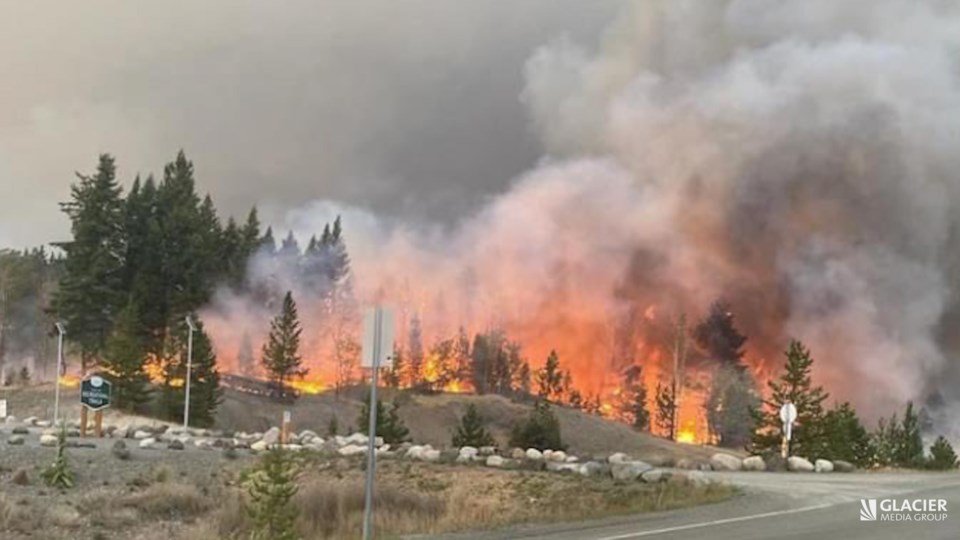REGINA - The Saskatchewan Public Safety Agency provided its technical briefing Monday providing a look ahead to this year’s wildfire season.
According to the presentation on Monday to the media, it’s expected to be a slower start to wildfire season due to cooler weather early on. But during the May to October period the temperatures are expected to be warmer than average, meaning an average-to-above average wildfire season.
Here are some highlights of the presentation to the media from SPSA President and Fire Commissioner Marlo Pritchard:
Even though the snow melt is still underway, the province is still experiencing areas of moderate to severe drought. Water Security Agency provides spring runoff reports, but the agency does not anticipate any further flood related issues even in the areas where above normal runoff is expected.
The dry conditions throughout 2022 resulted in areas of the province going into winter with drier than normal soil moisture conditions.
The forecast is for spring to be cooler than average, except for the southwest corner which may experience near-normal conditions. Given the cooler temperatures, it is anticipated to be a slower start to the wildfire season this spring and the colder temperatures will often impact the size and speed of the fires.
However, southern Saskatchewan has a higher risk of grassfires occurring in the spring, and the grassfire risk remains elevated in the southwest corner as that area remains very dry.
Almost all weather models are in agreement that the entire province will experience warmer than average temperatures throughout the months of May through October. The above normal conditions mean the province could experience an average to above average fire season.
Extended hot windy days, often followed by severe weather such as lightning also escalates fire starts. About half the wildfires in Saskatchewan in any given year are human caused, with lightning being the cause for the remainder.
At this time of the year the province typically does not experience lightning-started fires, as often the fires at this time are human caused.
SPSA is encouraging everyone to take extra fire precautions in the spring and early summer months. SPSA is encouraging all residents to take this time to fire-smart their homes and property including pruning trees and branches in the yard, keeping the yard free of debris, and if camping to float and stir campfire coals to ensure the embers are completely out.
As for SPSA readiness, Pritchard said the focus is always on protecting human life and communities, followed by protecting critical public infrastructure, commercial timber, remote structures, and natural resources.
“We assess every emergency event and consider the threat, firefighter employee safety, current and forecasted weather, and in case of fire, the behaviour and fuel types determine how we respond," said Pritchard.
They respond by using highly trained wildland firefighters, a fleet of land-based air, tankers, water skimming aircraft, Bird Dog planes and other fixed wing aircraft, as well as helicopters and heavy equipment. They have seven Bird Dog planes, six amphibious tankers and four land-based tankers at their disposal.
Over 90 per cent of their seasonal staff have returned this year who typically work from mid April to the end of August, and have completely the majority of their required training and are ready to be deployed.
Regarding the weather, Vice-President of Operations Steve Roberts said that for their risk assessment, they look at North America and global trends for weather patterning — “not just Saskatchewan but patterns that will affect Saskatchewan and surrounding jurisdictions as part of our hazard assessment.”
That includes what’s happening with El Niño and trends in current weather patterns, and “we add that to our current drought conditions and soil conditions to come up with our risk.”
As for the number of active fires going on in the province at this point in time, the SPSA says there are 13 fires right now; most are less than two hectares and all but one are contained. All of those active fires are human caused. There is also one active flood situation, being the one in the Swift Current area.





